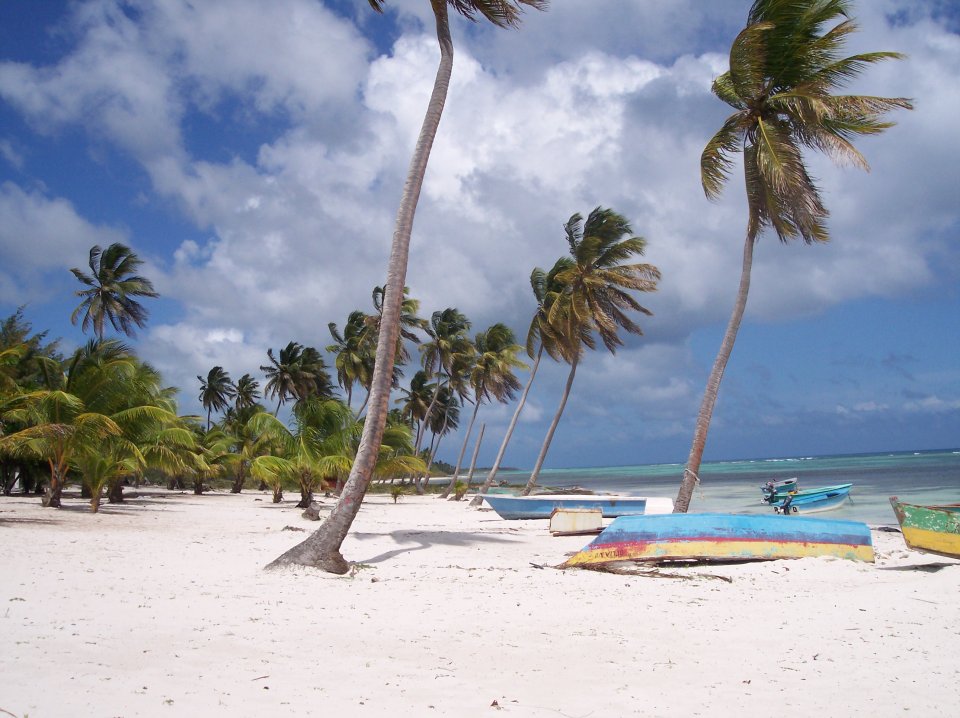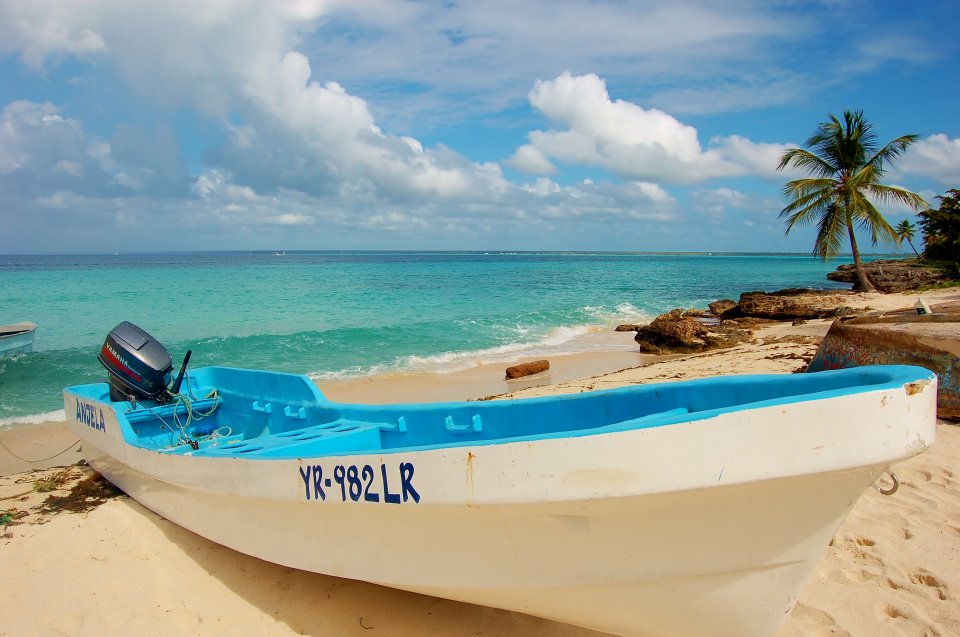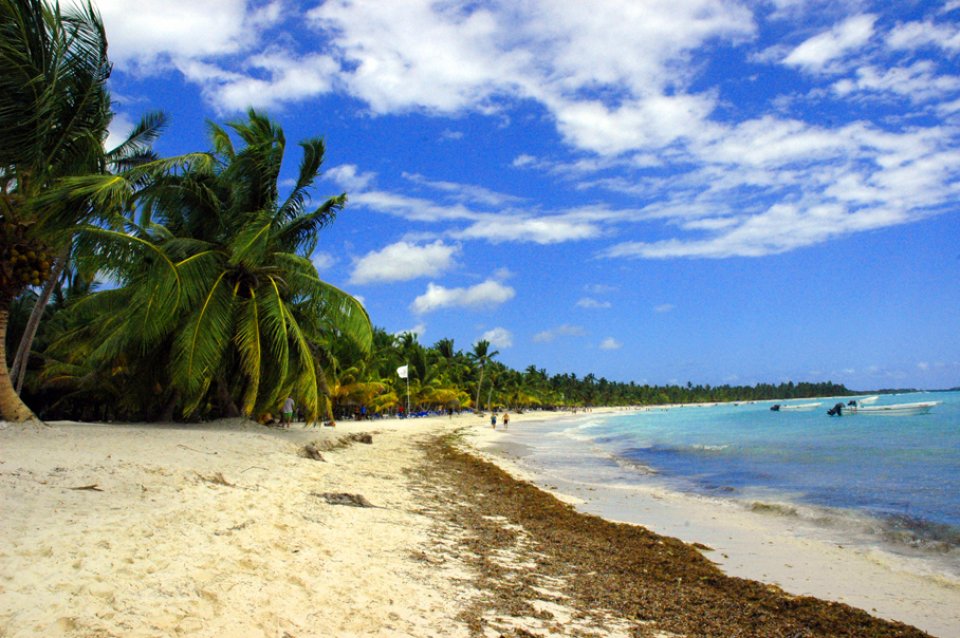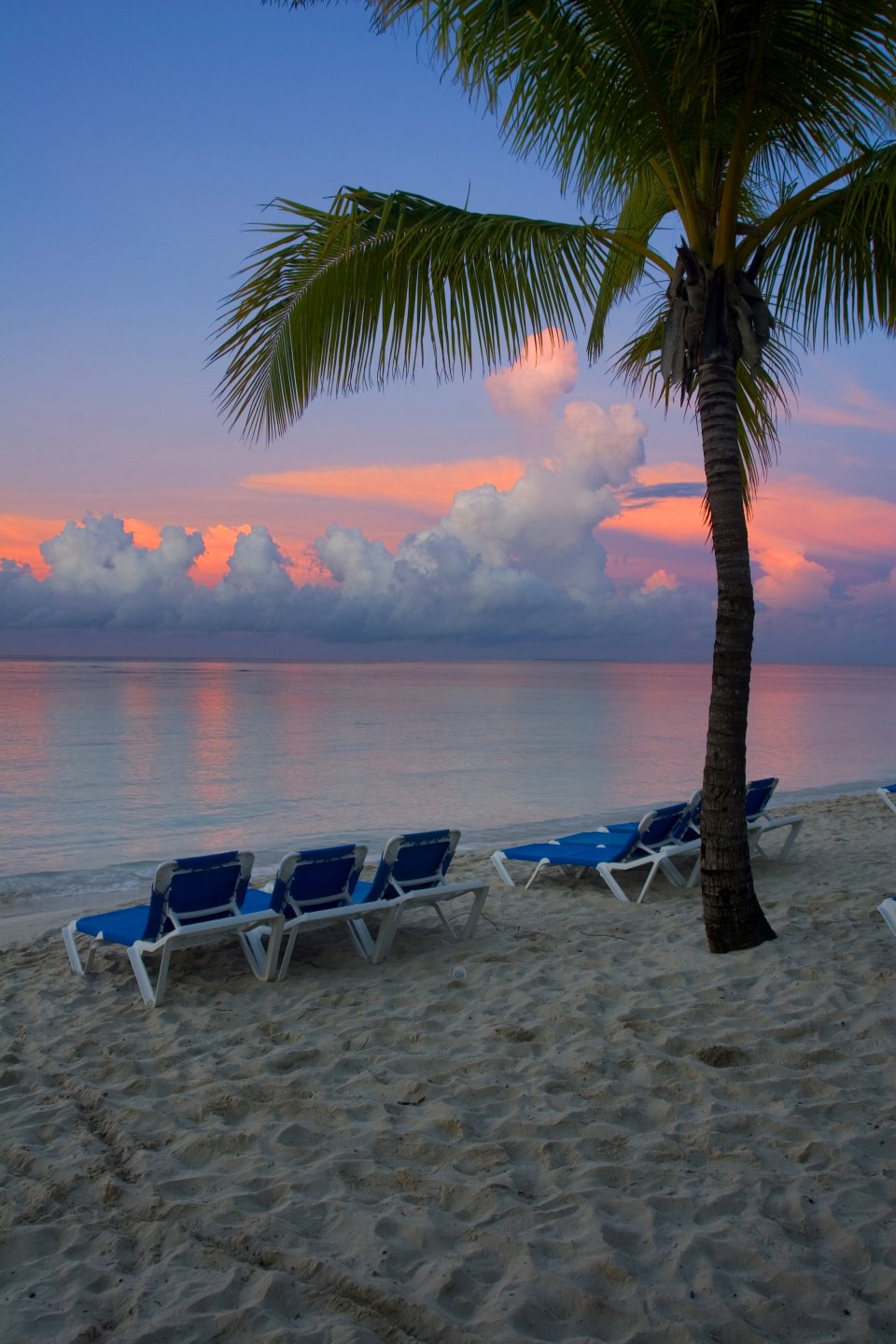Dive in La Romana and Saona Island

Travel to La Romana and Saona Island
La Romana, on the south eastern shores of the island, is not a typical Dominican town, but a combination of industry and tourism unlike anywhere else in the Caribbean. It was originally built by the South Puerto Rico Sugar Company, then taken over by Gulf+Western, who then brought the Canary Island’s cigar-making industry to the island, eventually making Tabacalera de Garcia the largest cigar-making operation in the world. La Romana has almost 100% employment, and is hugely influential in the country’s tourism programme.
Although the town is not much more than 100 years old, and therefore has little of note architecturally, it is filled with beautiful beaches, and therefore many hotels. It also can accommodate cruise liners in its newly refurbished port. It is now the third largest city in Dominica.
As you would expect from a dynamic and modern city, La Romana offers plenty to do. Whether want to tour the cigar factory, play golf, or chill out at the Casa de Campo resort, in-between exploring the beautiful beaches and seas around La Romana, you will not be surprised to find that many visitors return to La Romana year after year.
La Romana is also only a short distance from the Altos de Chavon - an artists' village designed in 15th-century Mediterranean style, and a great place to find everything from international concerts in the 5,000 seat amphitheatre to shops selling up-market souveniers.
Boat trips from La Romana can take you to the locations for much of the Rambo, and Apocalypse Now films, and also to the island of Saona, just off the south east coast of Dominica. If you are looking for your typical Caribbean Island setting – Saona is it.
Now a nature reserve, Saona is a paradise of glorious beaches, and is part of the Parque Nacional del Este. Visitors from all over Dominca arrive there by catamaran and small motor boats every day, and the seas around the island are teeming with wildlife – perfect for snorkelling and scuba diving.
The waters around Saona have many sandbars, and it is not unusual for the visiting boats to drop their passengers offshore, but into sandy shallows, giving the impression that the guests are walking on the water.
(By Angela Webster)











